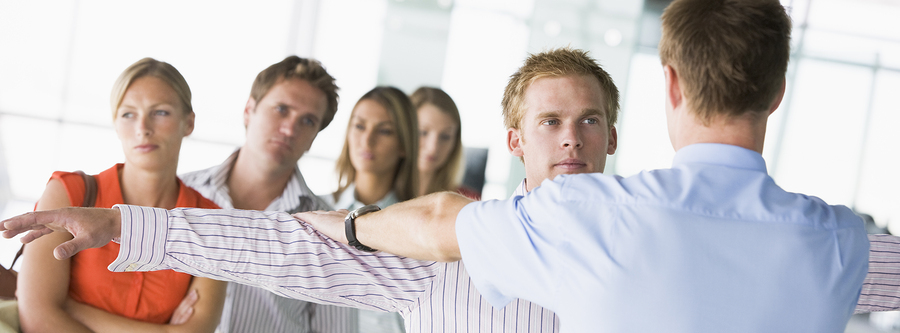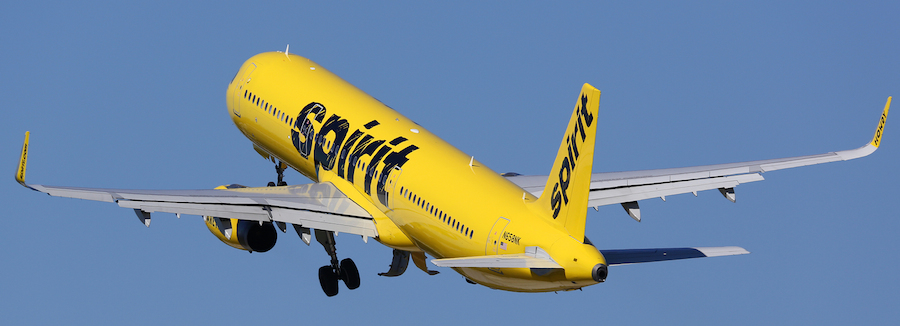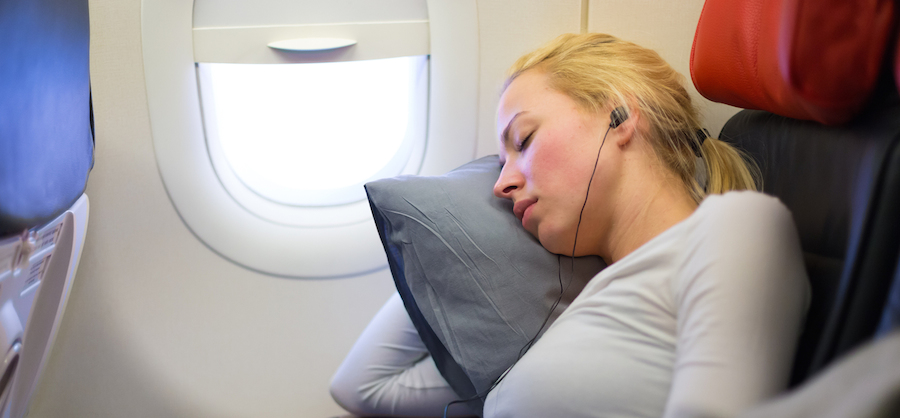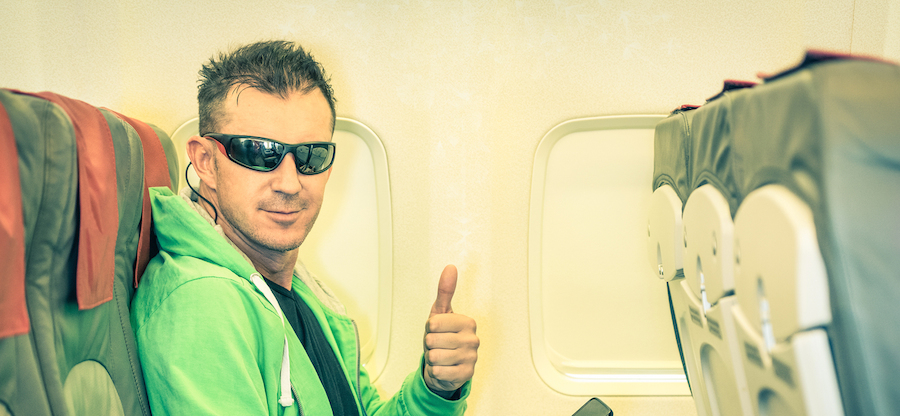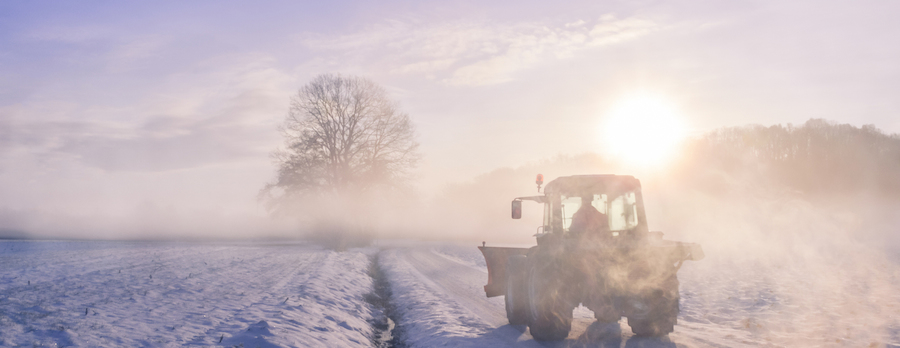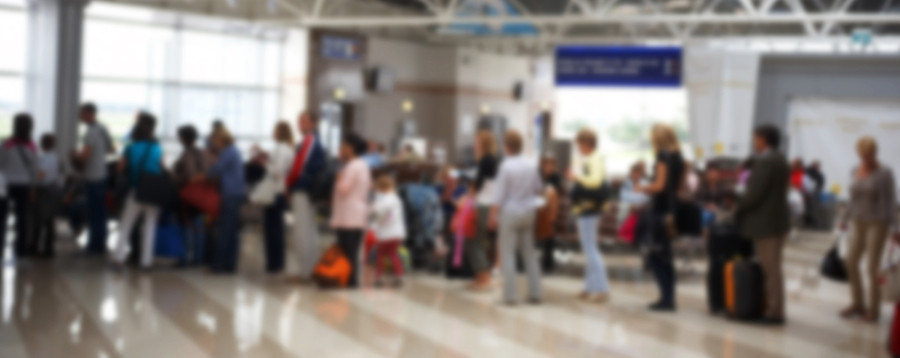Following the TSA’s recent announcement of “enhanced security measures” that include a more invasive pat down, the media has responded in the strongest terms possible. Which is to say that the National Public Radio show Wait Wait . . . Don’t Tell Me has issued an enhanced put-down.
Asked to name the next change that will make air travel even worse, a panelist on the show predicted: “Buyers of the new super saver economy no-frills tickets will have to pat down each other.”
Now, it may just be us, but we think many fliers would consider the opportunity to pat down other passengers a perk. One that might well encourage them to choose the most no-frills option over others, and more than make up for having to pay for access to an exit row in the event of an emergency.
Perv Perks, the class could be called. Which is certainly more respectable sounding, in the airline world, than Basic Economy.
Of course we also think the airlines would soon enough see Perv Perks as a new add-on fee opportunity, and start charging extra for the service. No doubt, there would be a fee scale based on the level of invasiveness allowed, perhaps with the most expensive option — Perv Premium — permitting you to keep any weapons or other objects the pat down uncovered.
What do you think? How much extra would you pay to pat down other passengers? How about if it were gloves-optional? Would you pay extra to have another passenger pat you down?
And what can you imagine as the next thing after more invasive pat-downs to make airline travel even worse?
Bob Payne, who is the editor in chief of the travel humor site BobCarriesOn, is often considered to be ahead of the curve on all travel-related issues. In fact, he has already been reprimanded twice by TSA authorities for attempting to pat down fellow passengers.

